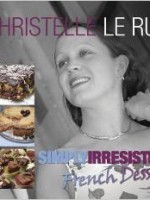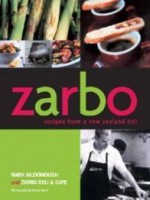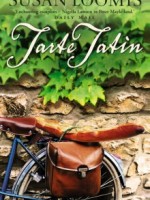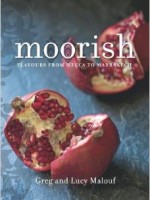(Published by Quadrille Publishing)
 |
Before I started reading/reviewing these books, Anne Willan was unfamiliar to me but, as soon as they arrived, her name started to crop up in my reading with increasing regularity. An American by way of Yorkshire, Willan established La Varenne, the prestigious Burgundy-based French cooking school, in 1975. For those who haven’t the time, money or inclination to study with her, she has also written an impressive number of cookbooks, ranging from Dorling Kindersley’s Perfect series (Perfect Chicken Dishes, Perfect Chocolate Deserts, Perfect Appetizers etc), last year’s useful A Cook’s Book of Quick Fixes to the more personal in From My Chateau Kitchen.
How to Cook Absolutely Everything and Best Recipes for Absolutely Everything are, however, work manuals rather cookbooks to gloat and glory over (see Roast Figs, Sugar Snow, A Paradiso Year: Autumn and Winter Cooking, Unwrapped: Green and Black’s Chocolate Recipes for examples of those!). How to Cook…, in particular, is very instruction book-like, laid out with photographs of food at various stages of doneness with accompanying text that explains details of colour and texture. It originated, as Willan points out in the introduction, in her kitchen: ” ‘That looks done to me,’ I said one day as a student lifted a roast chicken out of the oven. And then I thought – how do I know? Cooking is a skill learned by experience, and nothing is more difficult than judging when a dish is cooked just right.” Although she states that smell, sight, touch, hearing and, finally, taste, are all important in determining when food is ready, Willan does a surprisingly good job of communicating this through the visual images and text in this small (well under 200 pages) book.
With chapters ranging through eggs, pasta, desserts, meat and fruit, there’s a wealth of information here for both inexperienced and veteran cooks. The chapter on sauces, for instance, covers – amongst others – stocks, gravies, hollandaise, mayonnaise and vinaigrette alongside sweet sauces like pastry cream and fruit coulis. The meat chapter has useful instructions on how to use a simple thumb test for firmness – as in comparing your thumb muscle’s resilience to that of the food – as a way to judge how well a piece of meat or fish is cooked. It sure beats having to cut into a piece of steak in the pan to see how bloody it is. The images which accompany grain pilaffs and risottos are similarly helpful and it is always useful to compare your mental image of how a food looks when it is cooked with actual pictures of the real thing. Each section starts with a paragraph on the method of cooking, as well as tips on appropriate seasonings and remedies for technical problems.
Willan does includes several recipes so that readers can experiment with their new-found knowledge (in the apple section, Tarte des Demoiselles Tatin looks particularly good) but there just aren’t enough, especially when you get to the chocolate mousse and ganache sections in the desserts chapter. For those associated recipes – Chocolate Mousse with Raspberries and Pecan Truffles – you have to go to the companion book, Best Recipes for Absolutely Everything. As Best Recipes… and How to Cook… are so complimentary to each other, I don’t understand why Quadrille Publishing didn’t publish both books in the one volume. How to Cook Absolutely Everything is both educational and interesting but it is frustrating to have to go search for recipes in Best Recipes for Absolutely Everything. Two stars only – it could have been so much more. ![]()
![]() Interested in books, food or books about food? Check out our sister site Bibliocook.
Interested in books, food or books about food? Check out our sister site Bibliocook.



